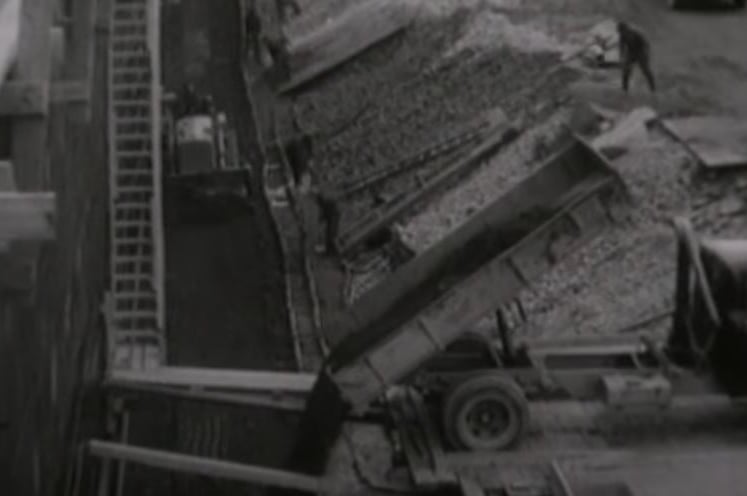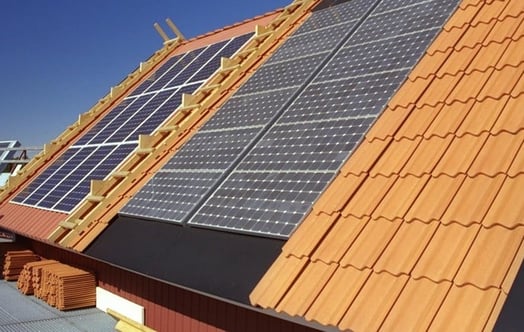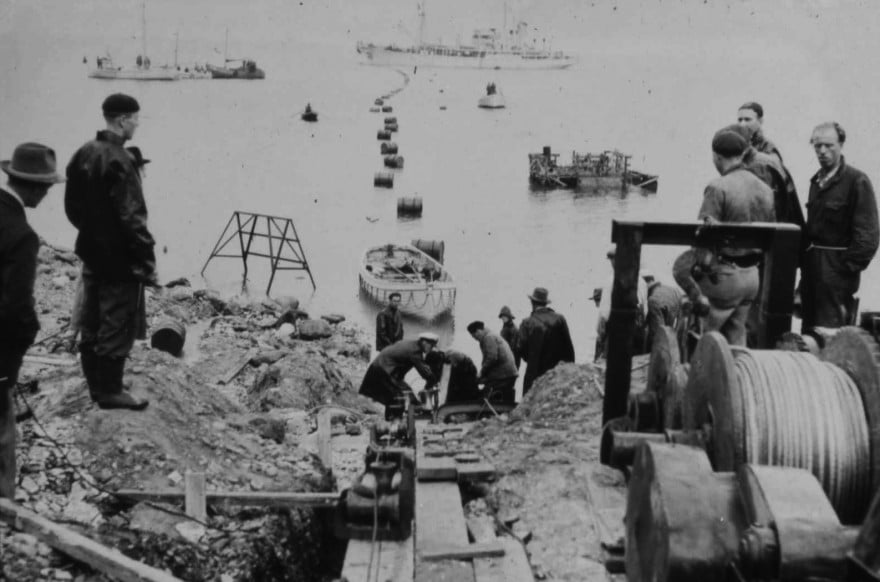
Partners in progress: Vattenfall and Asea
During the 1950s, Sweden was the world leader in high-voltage engineering, thanks to the unique cooperation between Vattenfall and Asea. Together, a large government purchaser and a private company created major export success for Sweden.
The partnership began in 1908. The generators for Trollhättan power station were supplied by Asea, but in terms of the other equipment, mainly transformers and circuit breakers, Asea lagged behind foreign competitors. In the initial phase, Asea's tender was therefore declined. But Asea got a second chance, and together both parties experimented to come up with new solutions. Development cooperation was under way.

Vattenfall's Director General and Asea's CEO in the CEO's lodge in 1940. Waldemar Borgquist with wife visits the Edström family in their lodge in Ludvika. Year: 1940 | Place: Ludvika | Creator: Okänd | ID: VF22004
There were close social relations between Asea's and Vattenfall's engineers, and also a willingness from the Swedish state to cooperate with the best interests of industry in mind. The fact that Vattenfall, within reasonable limits, favoured a Swedish supplier was an expression of this.
Breakdown and harsh words

Western regional line. Between Trollhättan and Västerås. Year: - | Place: - | Creator: Vattenfall | ID: VF000063
The next major collaboration began in the 1920s. Vattenfall was to connect its two power grids in eastern and western Sweden with a 130 kV transmissoin line: Trollhättan–Västerås. The collaboration would allow Asea to develop its transformers so they were in the same quality class as its international competitors.
However, the first delivery ended with Asea's equipment breaking down. Very stern correspondence followed between Vattenfall and Asea. Vattenfall's Director General declared that he was 'quite simply exhausted following year after year of problems, at least 50 % of which could have been avoided'. Despite this, Vattenfall once again overlooked the lack of quality, and Asea got a second chance. This time things went better. When the line was completed in 1922, it was the first time such a high voltage had been used in Europe.
High Voltage Direct Current (HVDC) vs Alternating Current (AC)
Vattenfall and Asea began investigating direct current technology together in the 1940s. Hydropower was available in northern Sweden and was needed in the southern parts of the country. High-voltage DC technology offered great advantages for transmission over long distances, but the problem was the power inverters that would handle the conversion between AC and DC. To develop this technology, Vattenfall and Asea built a laboratory in Trollhättan. Among its employees was Uno Lamm, 'the Father of High Voltage Direct Current'.
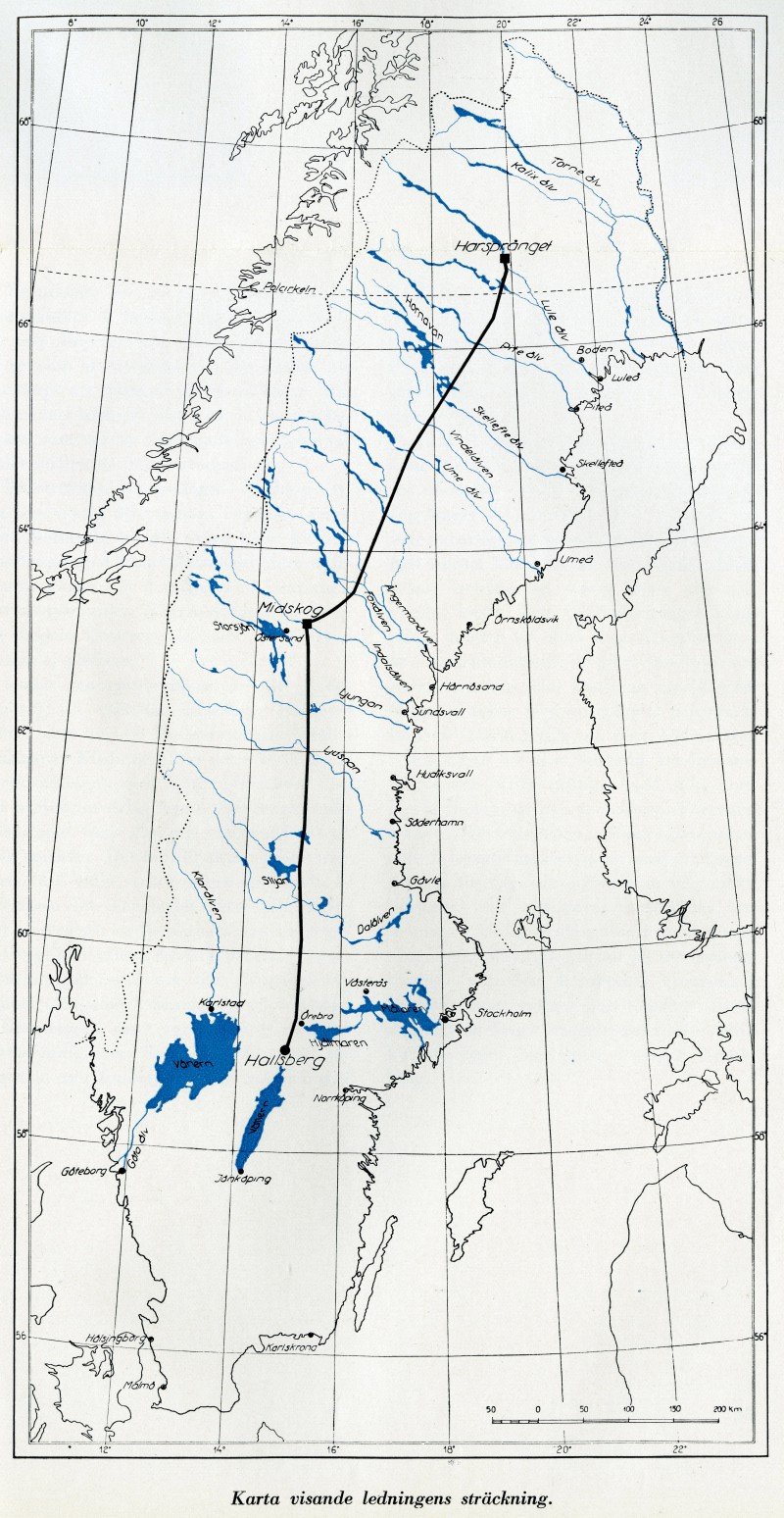
A map of the power line between Harsprånget and Hallsberg. From the book 'Sveriges första 380 kV ledning: Harsprånget - Hallsberg'. Year: 1950 | Place: - | Creator: Okänd | ID: VF001037
But electricity demand grew significantly faster than previous forecasts had predicted. Vattenfall was therefore forced to build the large Harsprånget power plant earlier than planned. That meant there was no time to develop the direct current technology. The Harsprång line was instead built as an AC line for 380 kV – in practice 400 kV. The highest voltage to date in the world when the line was connected for 380 kV in 1952.
Groundbreaking results
High-voltage direct current research continued in a new laboratory in Trollhättan. Here, Uno Lamm successfully developed an ionic valve that could efficiently convert AC to DC power, and vice versa. The new technology was used for the first time in the Gotland cable, which was inaugurated in 1954 – the first of its kind in the world.
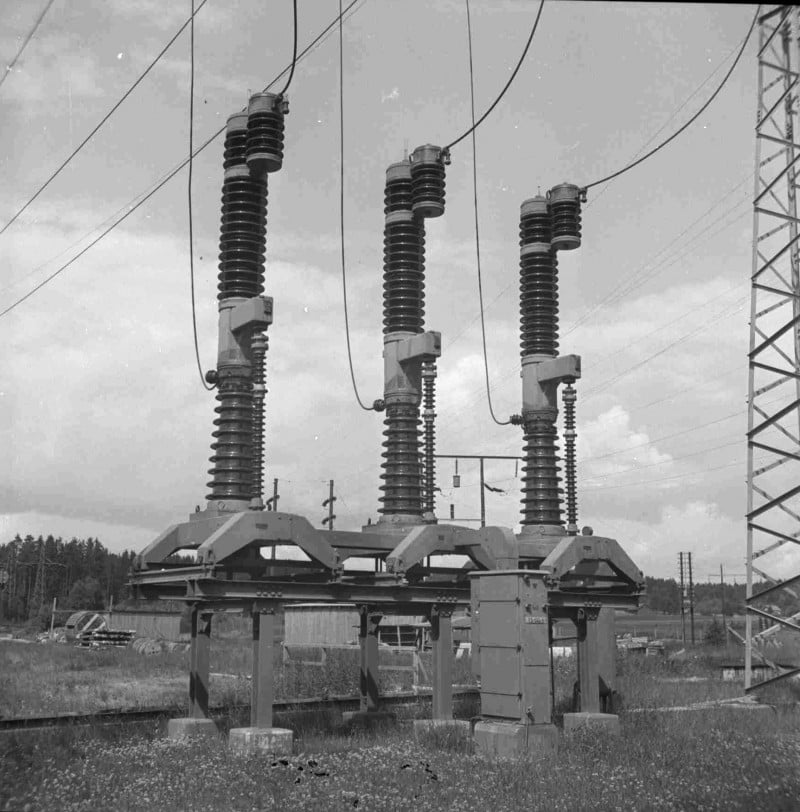
Asea breaker. Type HKEY 132/600. Year: 1930 | Place: - | Creator: Okänd | ID: VF000173
Cooperation between Asea and Vattenfall continued in conjunction with Swedish nuclear power expansion, but the close development partnership between a government agency and a private company began to crack. The time for such a close relationship between state and capitalism had run out. Gradually Vattenfall started to lose its central position in Asea's development work.
Video player requires marketing cookies.
To view this content please click here to allow marketing cookies.
DC cable to Gotland in 1954 (in Swedish)
Video player requires marketing cookies.
To view this content please click here to allow marketing cookies.
Development of HVDC transmission (in Swedish)


